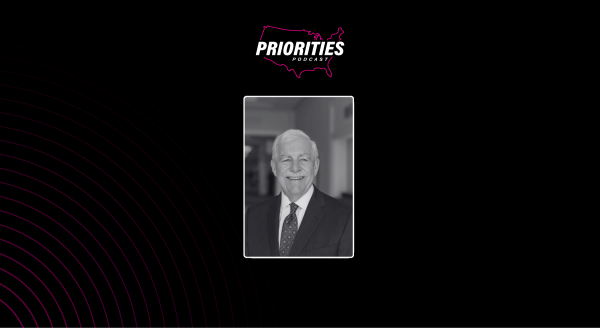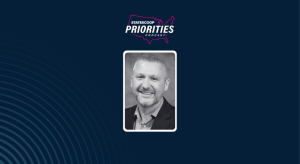How states are trying to attract, retain millennial workforce
States are struggling to bring ina robust, excited and motivated millennial workforce and if left unaddressed, it could renderstates unableto keep up with the progress of technology innovation, a group of state technology leaders said.
Indeed, a 2015 survey of state chief information officers indicated that 86 percent of respondents are struggling to fill vacant information technology positions, primarily through the hiring of members of the millennial generation.
On the annual top 10 priority list for the National Association of State Chief Information Officers, workforce issues placed No. 8in 2016. In 2015, the topic ranked as the No. 6 priority for the first time since it initially appeared on the list in 2008.
Michael Cockrill, the chief information officer for Washington state, said his state was tackling attracting millennials through rebranding state government.
As people come out of their current job, or as they come out of a university, they get drawn to a particular brand, Cockrill said. What were trying to do is to attract them to the brand public service, and to do that, we feel like we need to reinvent it.
In Illinois, Marian Cook, the chief strategy officer for the newlyformed Department of Innovation and Technology, said the state is trying to do similar work through the creation of the new department and the states efforts to become the first Smart State.
That transition is driving a lot of change, as you can imagine, Cook said. Weve got the generations changing guard, and weve got an incredible need for new skills.
On the podcast:
- Michael Cockrill, chief information officer, Washington
- Marian Cook, chief strategy officer, Illinois
- Doug Robinson, executive director, National Association of Chief Information Officers
Things to listen for:
- Good benefits dont attract millennials to the workforce anymore, Robinson said. Instead, millennials are attracted to how they can serve citizens in the public sector, and how they can make an impact.
- By 2020, 50 percent of Washington states workforce will be millennials, Cockrill said.
- Cook thinks consolidation and centralization of Illinois’IT operations will let the workforcefocus on collaboration and embrace other millennial-friendly work styles.
- The workforce struggles of 2016 are only partly generational, though, Cockrill said. Instead, the challenges come during a time where state governments are facing challenges from multiple fronts from aging technology to cybersecurity which are difficult amid a changing workforce.
- The forces of change business models, service delivery and business value have begun in state government, Robinson said. States are bracing for the next generation of workers, but downsizing the overall state workforce.
Priorities is StateScoops monthly podcast that examines the leading strategies, technologies and challenges that state CIOs expect to face this year.
In addition to listening to Priorities on StateScoop.com, you can now subscribe to the podcast on iTunes and have episodes delivered directly to your podcasts app on your smartphone when they are released.


